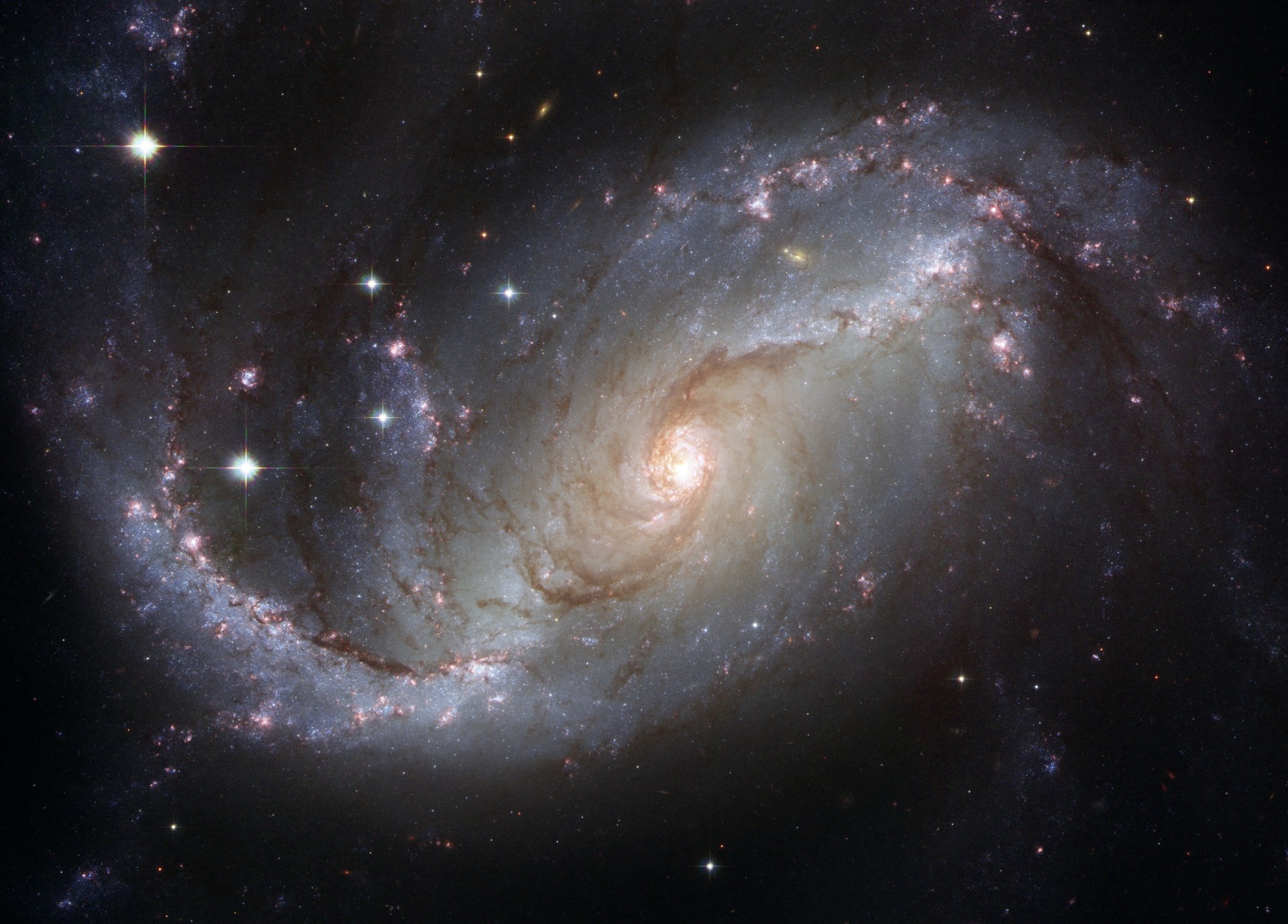Milky Way galaxy died once but stars remember its rebirth
The period analyzed was 10 billion years and it was found that the stars were formed in two stages, separated by a period of inactivity of several million years.

Our Milky Way has a long and complex history, but now we know that it is even more interesting than we thought. Research on the registration of stars was done by astronomers from Tohoku University in Japan. What they found is that our galaxy died once and was revived, that is, we are currently living in their second life.
The period analyzed was 10 billion years and it was found that the stars were formed in two stages, separated by a period of inactivity of several million years. This type of theories had been applied to larger galaxies, but everything indicates that it also applies to the Milky Way.
The stars are able to show the history of the galaxy through the composition of the gas from which they are formed. The abundance of this element in the period of its birth is fixed in its composition. In the Milky Way, there are two types of stars, some with greater amounts of oxygen, magnesium and silicon and others with a greater presence of iron.
According to the researchers, the first stars were formed with a cold gas that was filled with oxygen, magnesium, and silicon due to the explosion of supernovas.
The waves of shock-heated the gas 7 billion years ago and that caused it to stop moving and therefore, no more stars were formed. With delayed explosions of type Ia supernovae, the iron began to inject itself into the gas and to move 5 billion years ago, forming a new generation of stars. Our Sun, for example, is rich in iron.
Other galaxies such as Andromeda also had this process of star formation in two stages. The model is applied to spiral galaxies of the Milky Way manner, but not to the smaller ones that continue to generate stars continuously.









